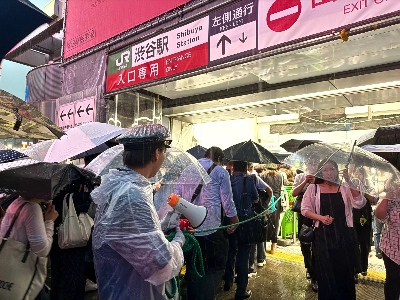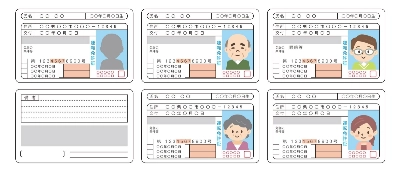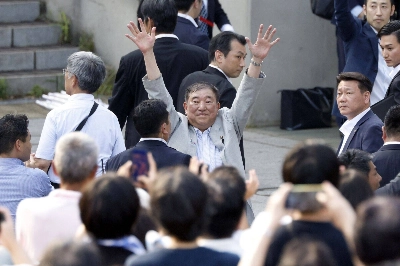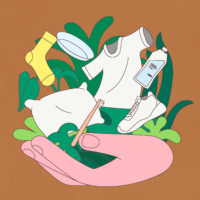It's October 2009, and I'm sitting in the parking lot of a convenience store in Koza city, taking photographs of the sidewalk. I've been here for close to an hour — surrounded by a dozen old photographs, four maps and reams of photocopies all weighed down with chunks of brick to stop them blowing away in the brisk autumn wind.
It's the store's teenage clerk who finally plucks up the courage to walk over and ask me what I'm doing. I tell him that it was here — right on this very spot — that the largest riot in Okinawan history began.
"Here?" the clerk asks me.



















With your current subscription plan you can comment on stories. However, before writing your first comment, please create a display name in the Profile section of your subscriber account page.